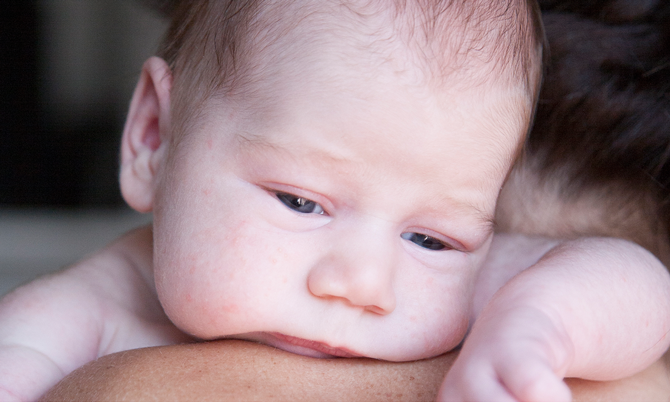
Why does my defrosted breastmilk taste bad?
“I took my pumped breastmilk out of the freezer and smelled it – it’s gone sour! It smells bad, and I think it’s gone off. I have a lot of frozen milk, will the rest be all the same? What should I do with it?”
This is a question we receive frequently, and that causes a lot of concern. Because in these cases, the smell of the breastmilk is really unpleasant. So today, we explain what causes this change in smell and what to do about it.
Why does this breastmilk smell bad?
The milk is likely to have a very distinctive sour smell and may even taste metallic, like soap or bitter.
If it smells sour, it is very likely because of the lipase enzyme’s action on the fat content of breast milk.
What is lipase?
Lipase is an enzyme found in breast milk whose mission is to pre-digest the fat globules in the milk. Lipase breaks down the fat, so it’s easier for the baby’s body to digest and assimilate this fat. Therefore, the function of lipase is remarkable and very useful for the baby.
But why does it not happen to my friend?
Because lipase amounts differ in every breastmilk, some mothers have milk with more lipase or breastmilk that activates more easily. That’s why not all mothers have problems with lipase in their milk.
But is this milk bad for my baby?
No, this breastmilk is not bad for your baby. They won’t get sick, and it’s not the case that the milk has gone off or got spoiled.
In fact, babies already know this taste of breastmilk. When they bring up milk, and this breastmilk comes directly from the stomach, the lipase has also acted and is already pre-digested, so the taste is not new to them.
My baby refuses this milk. What can I do?
Some babies refuse this defrosted breastmilk; it can happen. Some babies do not accept milk with this sour taste and completely refuse to drink it. They show a clear preference for fresh refrigerated or freshly expressed milk.
Another possibility is that the baby refuses all milk in general if it is not through the original method (feeding at the breast), and then it is no longer about the taste of the milk.
What can I do to prevent this from happening again?
Before warming up this milk, you can alternatively try a trick with freshly expressed milk:
- Quickly cool the freshly pumped breastmilk down by putting the bottle in a bowl filled with water and ice.
- A few minutes later, freeze the milk immediately.
- After two or three days, defrost the milk, following the recommended guidelines we specified in LactApp and this article, and test the taste of the milk.
- If the milk tastes ok, you don’t need to warm it up.
We recommend doing this with a small amount of milk first to test and see the results.
The milk continues to have a sour taste. What can I do now?
Heating up breast milk is only recommended when the lipase it contains transfers a sour taste, and this is why your baby rejects it.
- Place the milk in a pan and turn on the heat.
- Watch the milk at all times.
- When you see small bubbles occurring on the sides of the pan, turn off the heat.
- Remove the milk from the pan and cool it immediately in a cold bowl of water and ice.
- Now you can freeze the milk.
- Defrost one unit two or three days later, according to the breastmilk handling instructions (see LactApp or here). The thawed milk should now have a less intense flavor.
- If you have a cooking thermometer, you can control the process better, heat the milk up to 60 degrees, then it will be ready to cool down and freeze.
If the milk is sour when I defrost it or remove it from the fridge, can I heat it up to change the flavor?
No. Once the lipase has acted on the milk, the heating process is not effective anymore, as the fat globules have been split, and there is no possibility of reversing this.
We hope you find this information useful, but if you have difficulties controlling the lipase breakdown in your pumped breastmilk, remember that it is, despite all, a wonderful function of breastmilk.
Do you have any other questions?
You can find more information about returning to (paid) work, how to choose a breast pump, pump more breastmilk, make a milk stash, and all things breastfeeding in our free app, LactApp, for iPhone or Android. In the contact section of the app, you can find an in-app consultation channel where our experts will answer your questions.